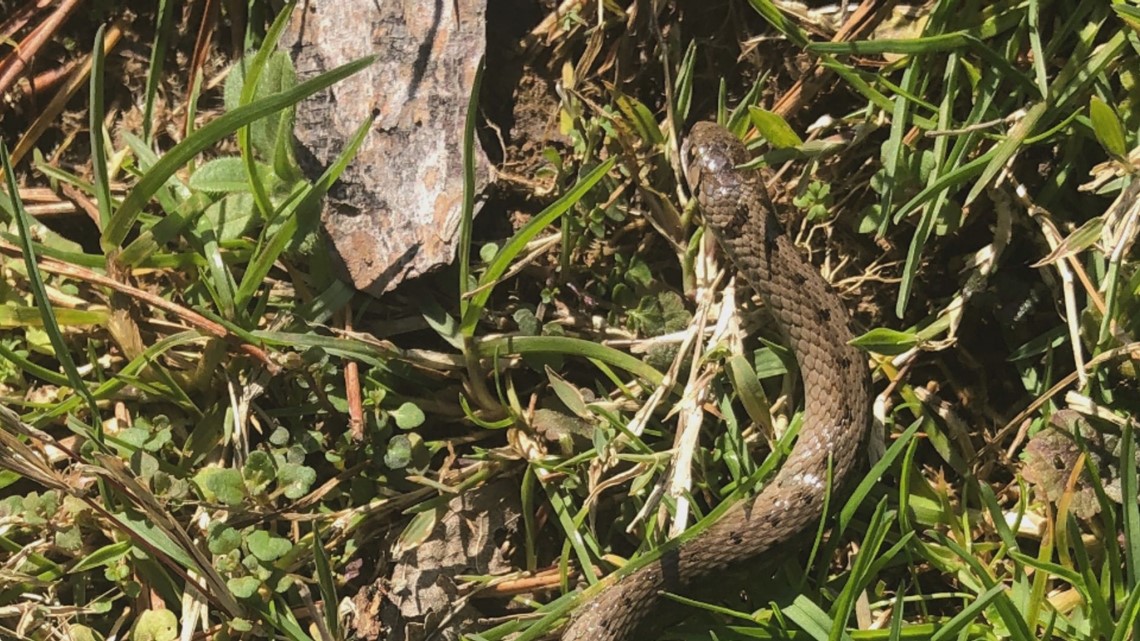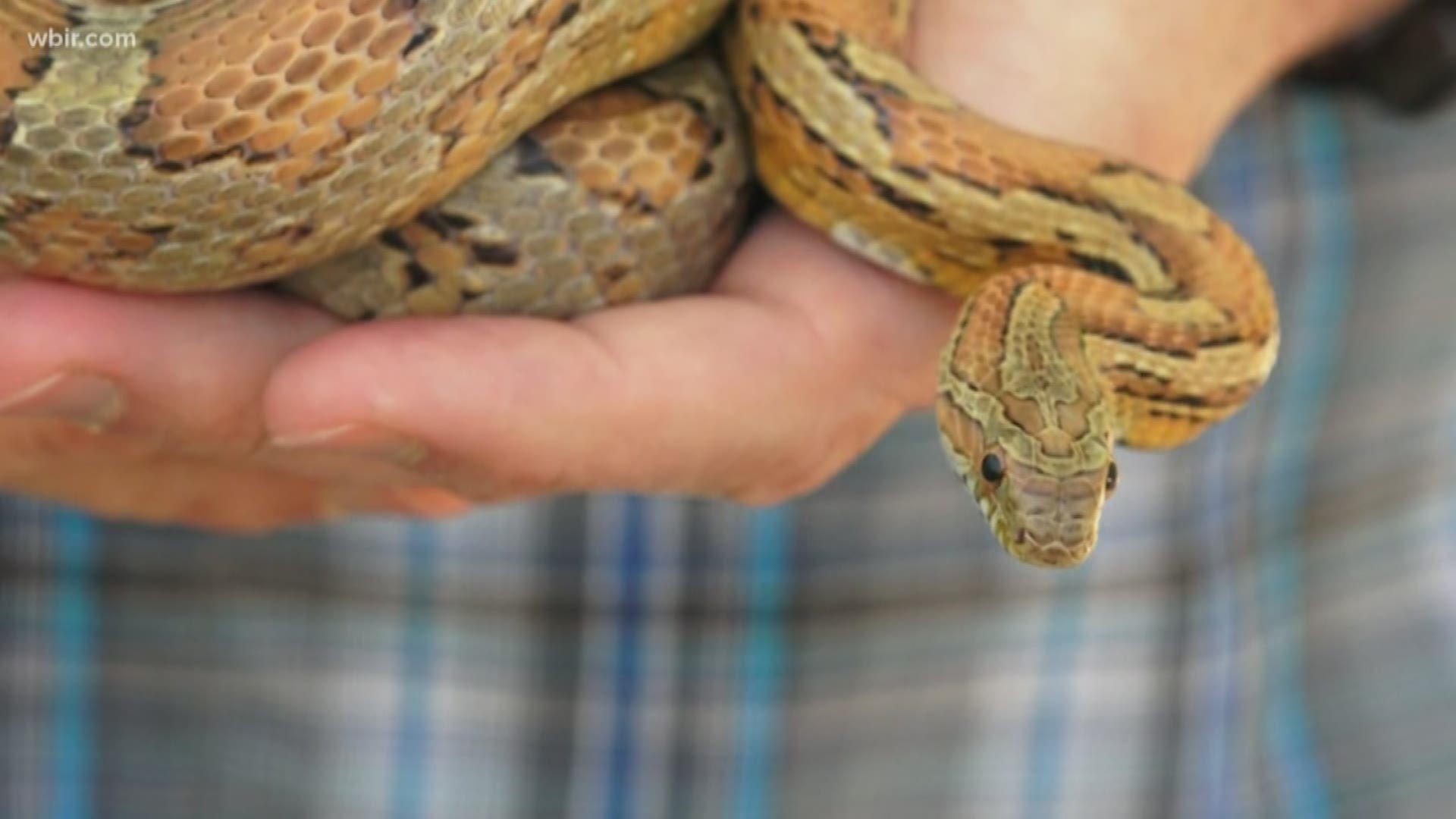KNOXVILLE, Tenn. — Phil Colclough at Zoo Knoxville works with snakes all year long. One of the stars at the zoo shares the name of an East Tennessee celebrity.
"This is a reticulated python named Dolly. And she's a big one at 19 feet long and 95 pounds. You won't see these unless you're in Asia or Florida," said Colclough.
This time of year, most species have stopped slithering to snooze. That includes the ones in the climate-controlled zoo.
"It's a natural part of a snake's life cycle is to go through hibernation. So, they're asleep for the winter, including the ones in our care," said Colclough
But during an unusually warm winter that feels a lot more like spring, some snakes in your yard might be more likely to uncoil and stretch. WBIR's Leslie Ackerson shared several photos of snakes her curious dogs have caught and carried around the yard in early-February.


"It's a little early, but we've had a really mild winter. Temperature is the big thing. They'll come out and forage and bask a little bit and then just go back in when it gets cold again."
Colclough says the rain is not a huge factor in snake sightings. It's usually all about the heat. But even when it's warm outside, the snakes are likely soaking up the sun without searching for prey.
"They're basking, feeling good, stretching out. You get a little sunshine, you want to get out there and feel it. They're not out eating food right now. They know by the short light cycles that it is not summertime yet. It is not time to start foraging and looking for food. Because the worst thing in the world would be to go out and eat a meal and not be able to thermo-regulate and digest that meal," said Colclough.
If the weather quickly turned cold and forced a snake to go back into hibernation with a full belly, the prey would rot instead of digest. That can poison and kill the snake.
Copperheads and timber rattlesnakes are the only two venomous species of snakes in East Tennessee. The rattlers are refined to the mountains and copperheads are unlikely to be very active this time of year.
You're more likely to come across a garter snake, rat snake, and other species that are good to have in the yard and ecosystem.
"You want them around because they do things like kill rats that spread diseases and they save crops from pests. Don't pick them up, venomous or not. They're wild animals. But on the other hand, do not kill them. Just leave them alone and let them be. They're an important part of our ecosystem and do a lot of good things," said Colclough.
If you come across a reticulated python in East Tennessee anywhere other than the zoo, you likely have problems more pressing than mild temperatures.
"If someone sees a reticulated python in their yard, definitely call TWRA. They shouldn't be here," smiled Colclough.

